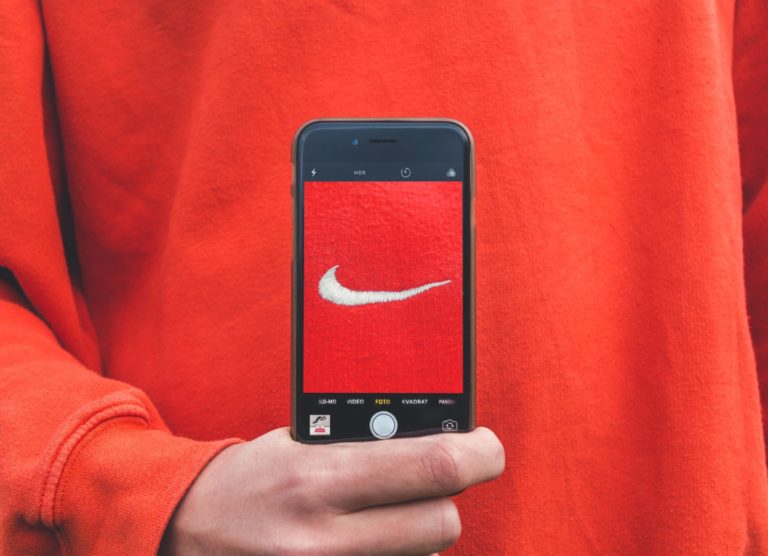When most people think of branding, they think of businesses getting logos, colors, fonts, etc. But products need this as well. Product branding typicaly isn’t the first thing that comes up from clients. Doesn’t matter if speaking with inventors and start-ups or established companies.
It should be. A products brand is created either intentionally or thoughtlessly. The process of developing a product creates a brand if it isn’t guided into an existing brand. Many companies don’t have a plan or budget for the branding part of a product development project. This is especially true for smaller businesses.
The buzz words that commonly get through around, like “cool”, don’t really give direction. There are many “cool” products out there, they don’t all match though. So when someone’s answer to “what should it look like” is “cool”, we need clarity.
With intentional branding, these things are thought of at the beginning. They come from many sources such as market research, using the company branding, or matching an existing product line. Unintentional branding is just that, it isn’t really thought of or discussed, and results from the product development process.
Branding starts at the beginning
Thinking about the branding at the beginning can often help the concepting process as it guides the direction in which to create concepts. If a product brand is tough feeling, then the designer can focus on that aesthetic. If it is a calming brand, then the design will be aimed in that direction. This saves time wasted in wrong directions.
BLANK
Ian Peterman, CEO Tweet
Taking it an extra step further and doing color and finish studies is also worth the time it takes as it gives another point to make changes on the aesthetics and feel of the product.
This all happens, it’s just whether you are intentionally involved and resources are put toward defining the brand, or just letting it happen. Engaged clients get better designs.

When Apple creates a new product, they have a Style Guide. They may not call it that, they are sometimes called design guidelines. Either way, they can show any designer the guide and the concepts and designs they create will match Apples exact branding. Everyone can recognize an Apple product because of the branding and design style used with their products.
You wouldn’t see an Apple product be bulky, square, sharp edges, and have exposed bolts and screw heads on it, it isn’t their brand. That is product brand, and in the case of Apple, it’s also their corporate brand. Companies can also have multiple product lines that don’t share branding.
Product lines need branding too

When creating a line of products, taking the time to create a style guide can be important as it allows you to have a document that can guide every aspect of branding for your products, and their marketing, and any good designer can read and use it.
Web design, graphic design, advertising, etc. They all use style guides on some level, and you having one will help all your design come together neatly.
Marketing will use the same Style Guides that the product side used to create concepts with. This means everything will work together and look right. Branding families of products together also helps with marketing. This allows leveraging of brand loyalty to have old and current customers purchasing the new product.
Product branding doesn’t have to be the huge affair that branding a company is. However, investing the additional resources to define or create a brand for your product will help make sure the product is appealing to the right people. It saves your developer precious time in concepting and adding it into the research phase of your project.
This, in turn, will help make sure your developer gives you more concepts that you like and will work. Here at the Peterman Firm when a client wants branding to be a true focus, we don’t just use product developers. We bring in our branding experts to give your product the best chance of success possible. Branding is always important to us and the clients we work on.
Your Next Steps
Related Conscious Design BLOG Posts
What’s a Feasibility Study?
A feasibility study is a very important step in making sure a product will be successful. I break down what they are and why they matter.
What it Takes to Develop a Smart Product
As the Internet of Things has grown over the years, smart products have become a pretty hot item. Many people have product ideas for turning a “dumb” product into a “smart” one. It’s great, I love that we are improving our tools and gadgets in so many new and interesting ways. Technology is something that amazes me, and will probably continue to do so for the rest of my life. For a lot of people, it might seem like a fairly simple task to just add some electronics to a product and make it smart. You should understand what you or your business will need to developing such a product. You might have gotten an idea about what it really takes in our post a couple weeks ago Time, Budgets, & Luxury, but I’d like to dive more into exactly what it takes to create a smart product. There is a lot of time and effort that is beyond what low-tech products need to become a reality. For us, “smart” is anything that contains electronics that can connect to other electronics, so wi-fi, Bluetooth, NFC, USB, etc, usually there are sensors or other input points that collect data to be shared with other devices. Putting a motor into a mower doesn’t make it “smart”. Putting a computer on board with internet access, connected to an app would make it “smart”. A “smart” product doesn’t always have to touch the internet either, there are many closed circuit smart devices. IOT (internet of things) products MUST touch the internet however. In no particular order, here is a breakdown of everything that goes into developing a “smart” product. This will give you an idea of what you can expect if you choose to dive into this process. Disciplines required Most “dumb” products can get away with just an Industrial Designer or Mechanical Engineer. Both work, but you can read more about the differences in our post3 Things You Should Know About Designers & Engineers. No electronics means no coders, no electrical engineers, and many others. If you are working with basic electronics, such as motors, switches, etc, you can sometimes avoid getting an electronics person involved. BLANK Ian Peterman, CEO Tweet There are many mechanical side people who can make that happen. Now, if we’re creating a “smart” product, we will need these: App Design & Development Electronics Design Electrical Manufacturing Web Design & Development There are possibly a few others depending on how big you go, such as database development, but these areas would cover most of the work needed to get the project done. Time It can easily double the amount of time to design and develop a new product by adding in electronics that would make a product “smart”. Does this mean it would take longer on a calendar? Not necessarily. When we can, we prefer to do side-by-side development of the mechanical and electrical. This ensures both sides work together and keeps the timeline shorter. The collaboration between mechanical and electrical can really build some synergy with the project. The result is that issues can be caught earlier, avoiding them from popping up super late in the process where it’s harder and more expensive to fix. Cost BLANK Ian Peterman, CEO Tweet Double the time, at least double the cost. Electronics are usually more expensive to prototype. The benefit is the manufacturing on the back end makes super components, even fully custom ones. These products also sell for a higher premium than their “dumb” counter parts. Planning Working on more complex projects such as this involves a lot more planning and project management. Here at the Peterman Design Firm, that is one of our core competencies. You need to make sure the firm you work with has experienced Project Managers on its team. They also need to be able to handle the load required to bring such a product to life. BLANK Ian Peterman, CEO Tweet Network We’ve talked about how important your network is in our last post Building Your Network for Success. This is a place where it really matters as you need so many resources to get the project completed. If you are working with some of the very large and expensive firms out there, they probably have such a large in-house team they can handle most things, but you pay for it. Medium sized firms often still have the network and don’t do everything in-house. Small ones and freelancers don’t always have the network you need and are often still building them. The caveat of course is if they have been in business for 20 plus years, they probably have a good network. Feasibility Study BLANK Ian Peterman, CEO Tweet I put this here just because people like to skim, and this is a key part. Feasibility studies should never be skipped with products in this category. A feasibility study is very important to do at the beginning of your project. The firm you choose to use should be able to offer this service by itself. Don’t commit to full development until you know it can be done. A complete feasibility study from the Peterman Design Firm will give you cost expectations for the entire project, time frame, potential issues, project duration estimation and breakdown, and some market information on competitors. If you’d like to learn more about feasibility studies, check out our post What’s a Feasibility Study? When you have a great idea for a “smart” product, it’s at least worth getting a consultation on the idea. If your budget can handle it, a feasibility study would be valuable. Then if it looks good, invest the money. The great thing with “smart” products is that they are in high demand. Plus we seem to be on an exponential growth with them. For now, it’s a trend I feel will stay with us for a while, if not permanently. Your Next Steps Developing Smart Products What does it take to develop a smart product?
5 Tips for Market Research & Analysis
Wondering about Market Research & Analysis? This will give you a few tips on what it is and how to start your own research.


